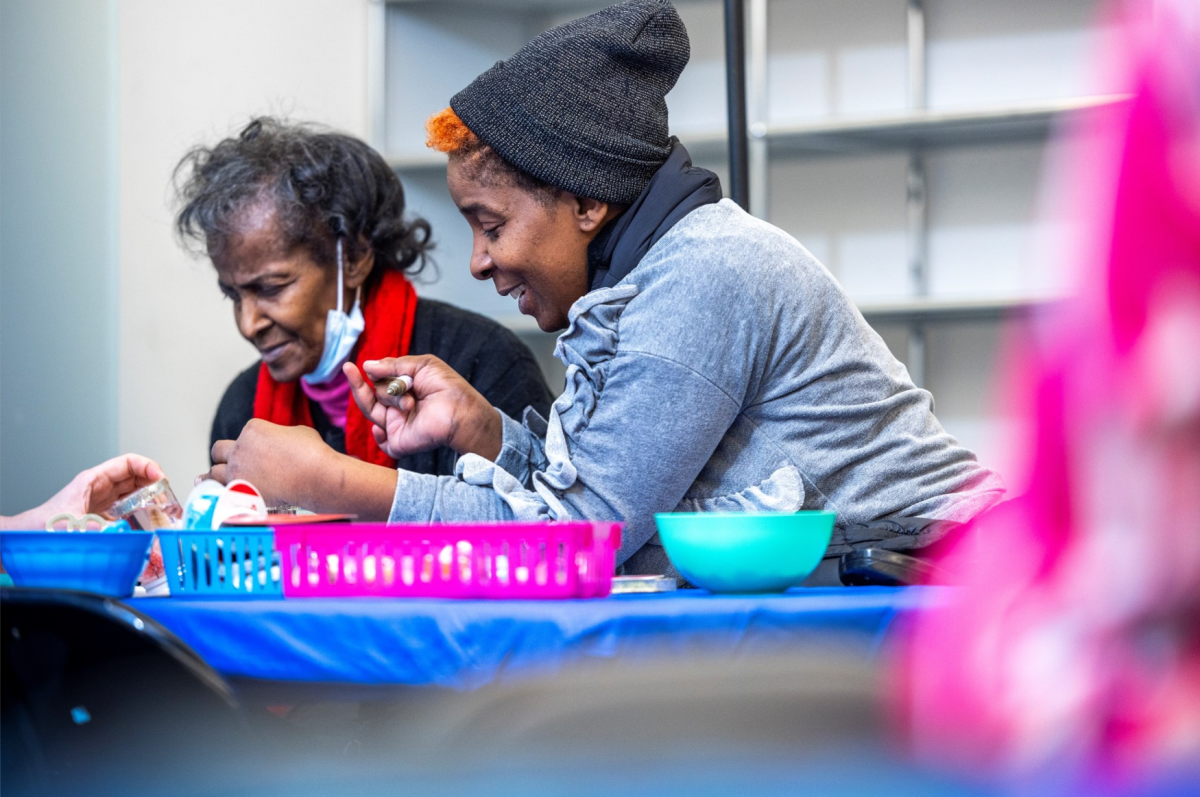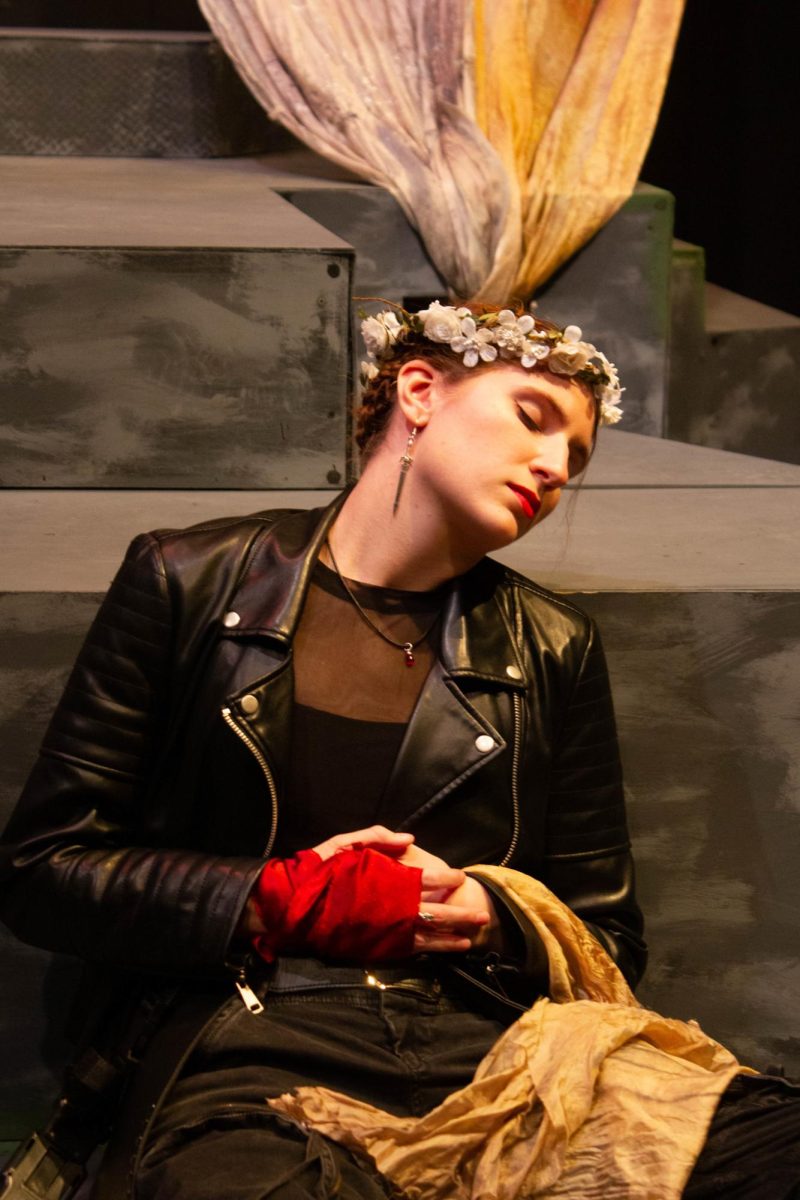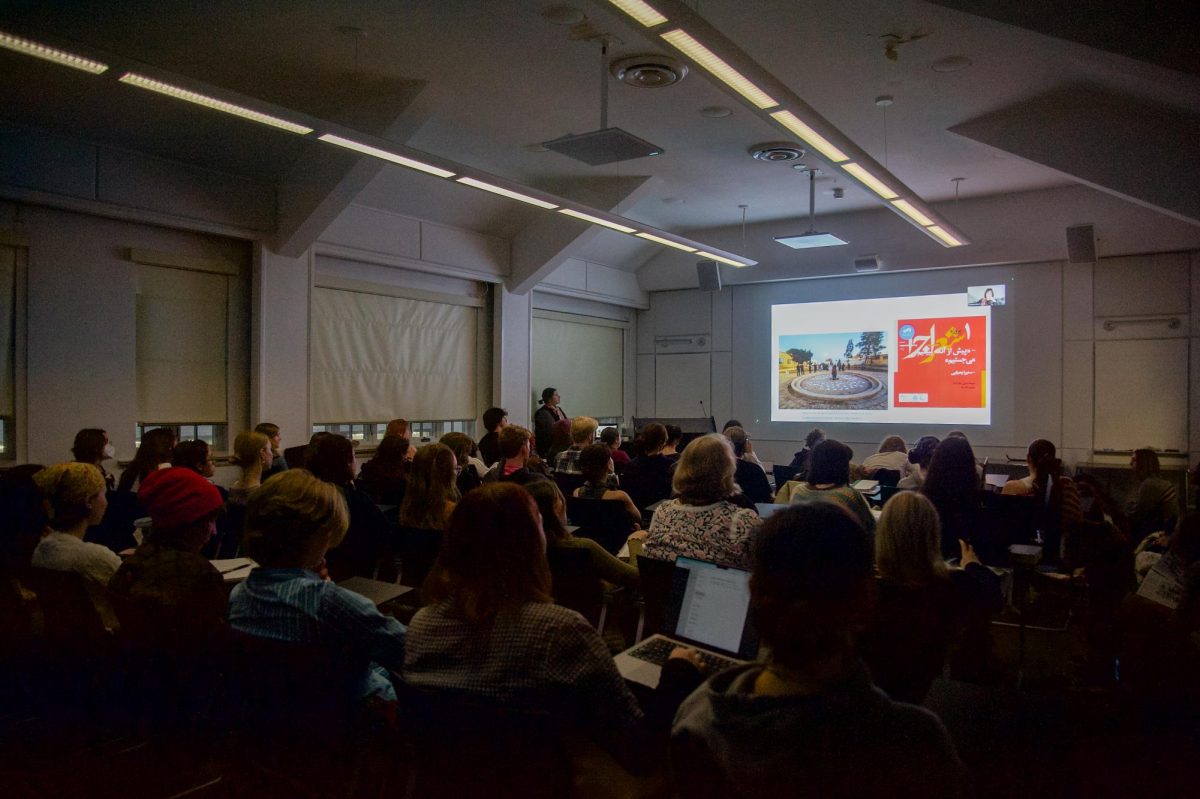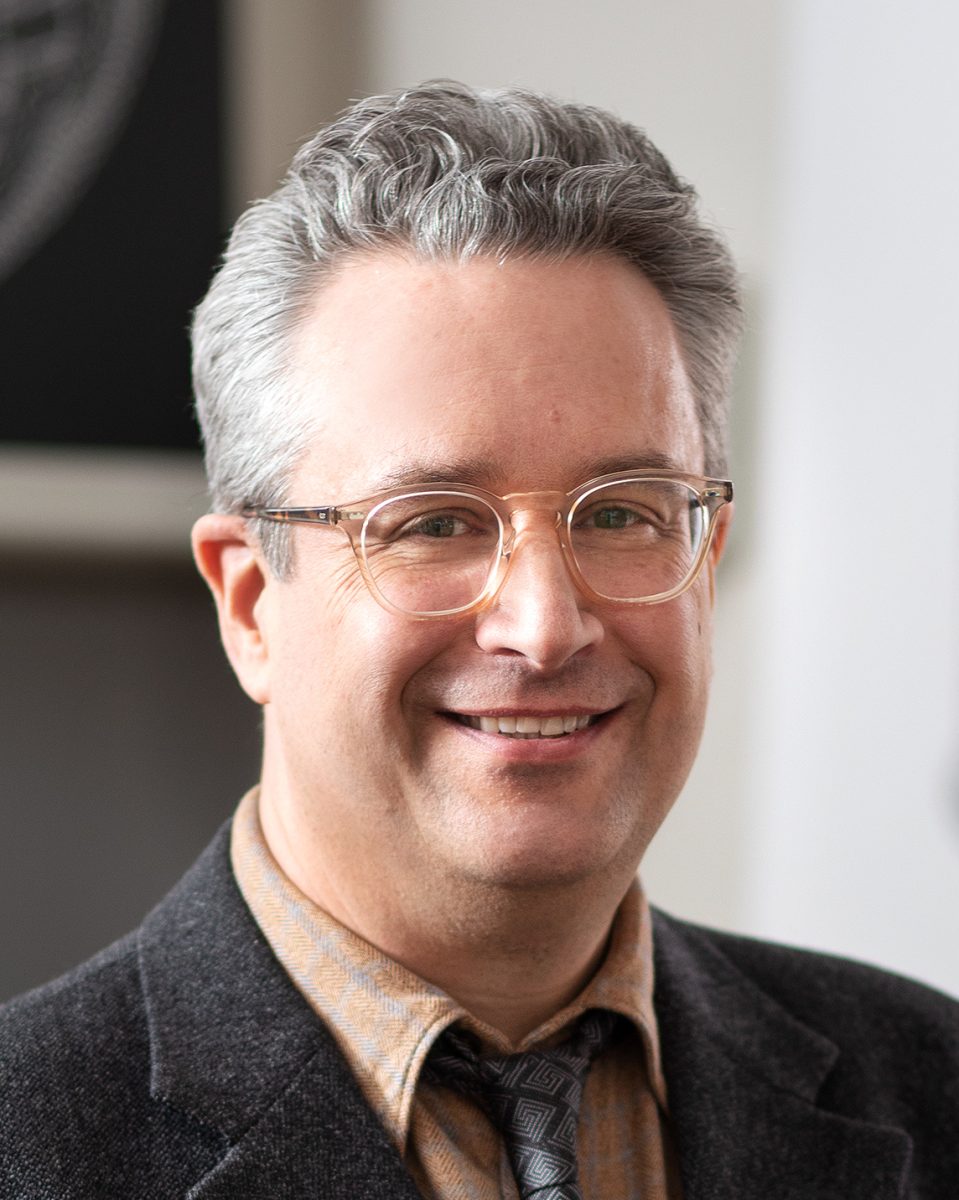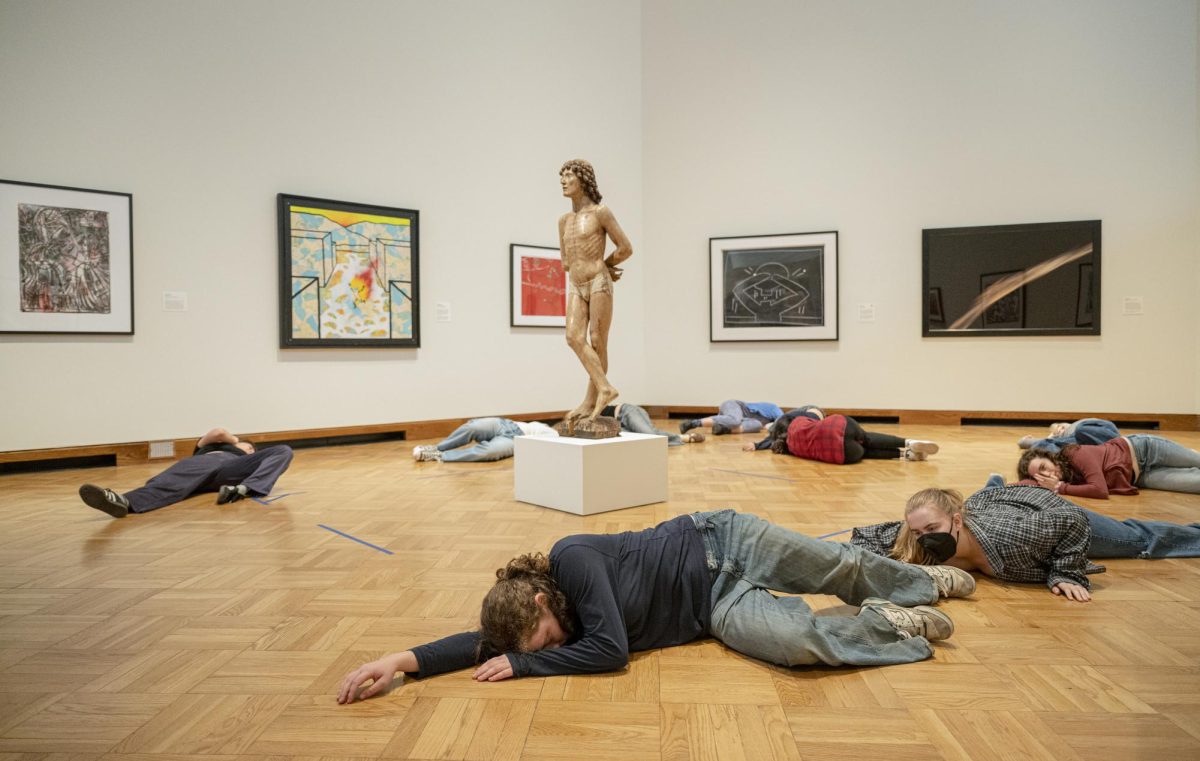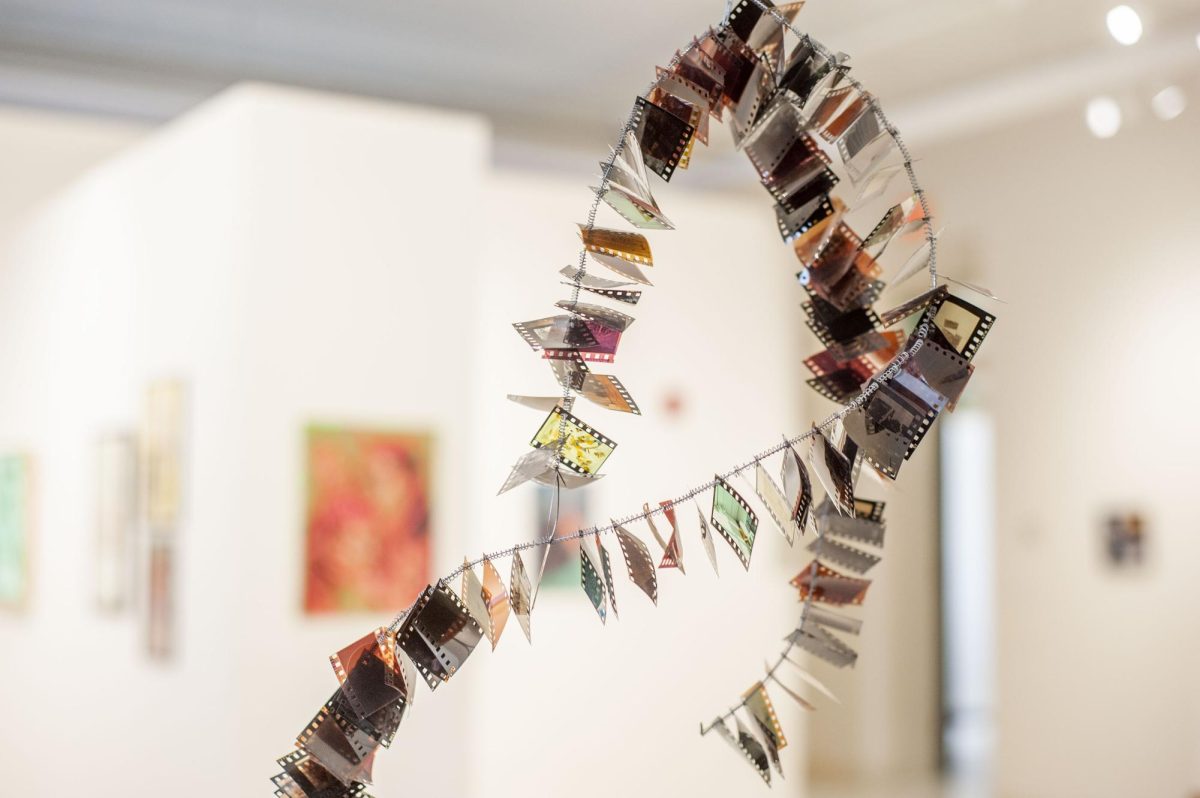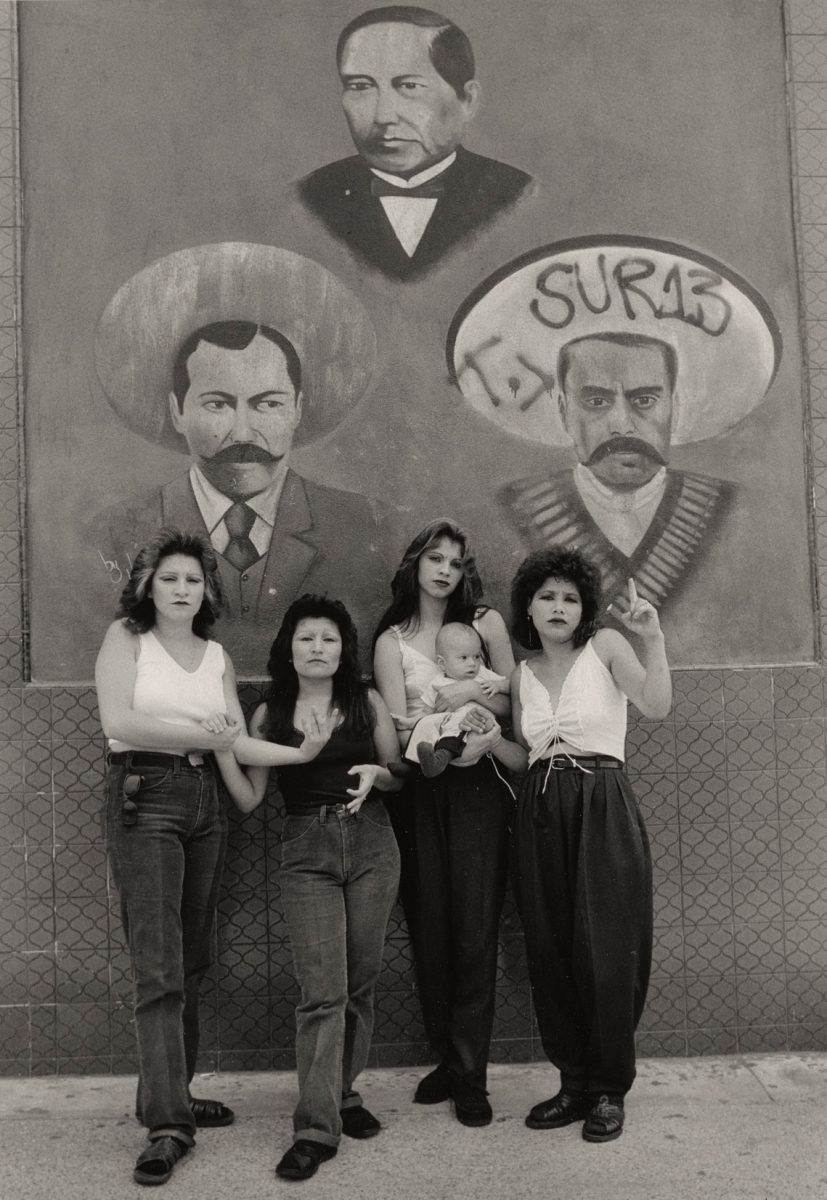The art therapy program within the Arts & Medicine department at Cleveland Clinic works with medical patients to make their hospital stay more comfortable and manageable. In an environment that is inherently far displaced from what patients know as their home, various therapy programs are put into place to provide as much ease and comfort as possible while maintaining high-quality care. The Arts & Medicine department was created in 2009, and Art Therapy Program Manager Tammy Shella, Ph.D., ATR-BC collaborated with Maria Jukic, the executive director of Arts & Medicine at the time, to create an art therapy program in 2010. Since then, the program has been implemented in various Cleveland Clinic locations, including Cleveland Clinic Main Campus, Hillcrest Hospital, and the cancer centers in Sandusky and Mansfield. Art therapists at these locations work to stabilize and improve patients’ emotional and mental well-being.
“[We] treat what I like to call the crisis of hospitalization, which is when people come into the hospital for whatever reason, they don’t necessarily want to stay in the hospital,” Shella said. “[They may be] anxious, … fearful, …. have concerns about finances. People are coming from all over the country, all over the world sometimes, so they might not have support systems here. They have a lot of psychosocial issues that aren’t always being addressed in general, so art therapy can come in and help them to address some of that stress, anxiety, and mood.”
There are many approaches to art therapy. Similar to other forms of treatment, art therapy is personalized for each patient. Before art therapists begin a session in the inpatient units, they review patient charts and history in order to gauge individual needs. The program is able to suit different populations; as patients are diverse, so are forms of art therapy.
“For really young kids, [interventions] might be more [sensory-related],” Meredith McCulloch, an art therapist at Cleveland Clinic said. “It’s more about exposing them to different colors and textures and materials, [as well as] developing fine motor skills and helping meet developmental milestones. With an older patient who might be less confident or less interested in working with traditional art materials, it might be painting in virtual reality, 3D printing, something more focused on tech, or an intervention that doesn’t really need a skill or experience to be successful.”
As much as the art therapist is involved in creating a treatment plan, the patient is given the freedom to choose as well. Kelly Pecl-Dreamer, the art therapist at Hillcrest Hospital, emphasized the importance of providing support and autonomy in a hospital environment where many factors are controlled and predetermined for a patient.
“I give [patients] that opportunity to have a voice because oftentimes, when you’re admitted into the hospital, you’re stripped of choices for yourself,” Pecl-Dreamer said. “I like to give that back and meet them at their level where they are at that moment.”
A common misconception about art therapy is that it is merely a form of fun, as Shella explained in a previous article introducing the history and basics of art therapy. While one of the benefits of art therapy is the joy that patients are able to get out of creating, it serves as much more than a typical pastime. Pecl-Dreamer expanded on the therapeutic aspect of integrating art into a patient’s treatment plan.
“This might be more evident in children, but a lot of the time we’re not readily equipped with the words to describe how we feel,” Pecl-Dreamer said. “Being able to express ourselves in another form, whether it be music or art and being able to put it on paper to then be seen is pretty powerful. Art therapy allows the patient to mentally escape. In the cancer center, patients sit there for hours receiving chemo. Art gives them a way to distract them from where they are and how they feel and focus on something more positive. It’s a refocus and escape from pain, and it gives them a more safe place to be expressive.”
Another benefit to art therapy is the ease and familiarity that it provides patients during their stay. Although most patients are limited to receiving art therapy once a week, it is possible to have more sessions depending on individual need. For those that are close to the end of life, art therapists often provide routine sessions to make the rest of their stay as comfortable as possible, and there are unique approaches to these cases.
“Some patients know that it’s the end of life,” Shella said. “For [others], it is a surprise. To help families deal with that, sometimes it’s creating legacy. We call them legacy projects, such as fingerprint pendants [or] plaster castings of hands. There’s a lot of different approaches that we can take to help patients make something or create art that helps them to address all the multifaceted issues that come with end of life.”
Conversely, for patients that have just arrived at the hospital, art therapy can help them to deal with new and complicated emotions. It also allows patients to take a break from thinking about various anxieties and stressors that may be infiltrating their stays.
“Oftentimes I am meeting kids and their families when they have just received a new and often devastating diagnosis,” McCulloch said. “A lot of our kids will start crying as soon as they hear the door open to their room because they don’t know what’s coming next. It’s nice to watch them evolve from being in that place coping-wise to being excited to return to the hospital and interacting very confidently with everyone.”
In terms of measuring the success of art therapy in a given session or patient, it is not as objective as the results of medicine or other physical treatments may be. During sessions, art therapists focus on improvement in three areas: stress, anxiety, and mood. These are assessed both before and after a session by a patient’s self-report. Shella explained other methods of assessing a session’s level of success as well.
“Sometimes you get the feedback from the patient who will tell you, ‘I feel better,’” Shella said. “Sometimes you can see the physical change; you can see their faces relax, their breathing change. You can see the heart rate reduce on the monitors.”
Creation, expression, and personalization are universally understood to be a few benefits of art. When incorporating this into a form of therapy, patients are able to fulfill emotional needs that are not traditionally addressed in their treatment plan.
“Inside of us all, there is this desire to be creative,” Pecl-Dreamer said. “A lot of patients that I’ve met who have never done art or revisited art while they were here in the hospital find that within them — and it blooms into something that they didn’t realize they had.”


